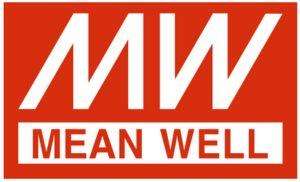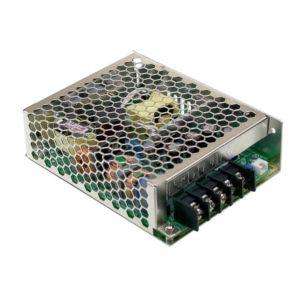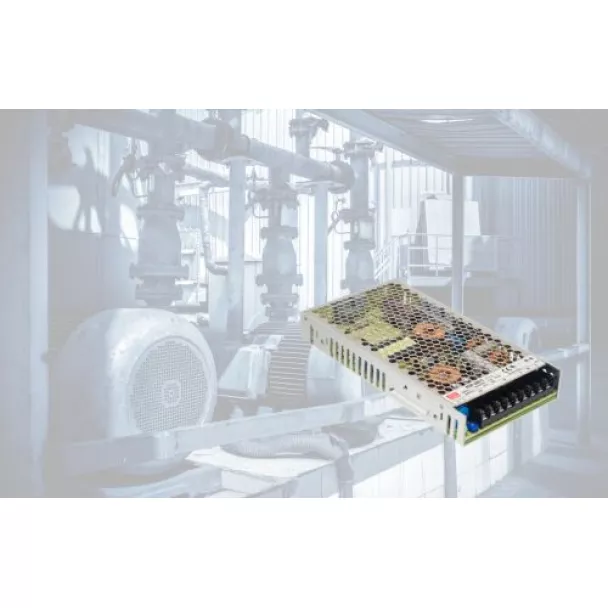Power Supplies for use with DC Motors
Not all power supplies will work correctly with DC motors.
This is because electric motors look like a short circuit when they are stopped. Let’s take a look at what you need to consider when choosing a power supply for use with a DC motor.
When a DC motor starts up it takes a lot more current than when it does running. This can typically be around 6 times the running current or more!
Sometimes the motor’s data sheet will state a stalled current, but most of the time they do not. The stalled current is the current taken by the motor when the rotor is stopped, either by too much load, or for the instant before it starts up from stationary.
When choosing a suitable power supply to run a DC motor, there are two things to consider. The first is the maximum current that the motor will use and the second is the behaviour of the power supply when it is connected to a short circuit.
Maximum Current of Power Supply
If the data sheet states a stalled current, choose a power supply that can provide at least this amount of current so that you know the motor will be able to start with full load applied.
As we mentioned above, in many cases the motor’s data sheet will not state the stalled current. In these instances, you will need to calculate the maximum current of the DC motor. We recommend as a rule that you multiply the rated running current by 6. The running current is usually stated on the motor or its data sheet.
Behaviour of Power Supply when connected to a Short Circuit
Second, and more importantly, is the behaviour of the power supply when connected to a short circuit.
If the power supply has a hiccup mode overload protection, the power supply will shut down momentarily if it sees an overload, then after a second or so will start up again, see an overload and shut down again. This cycle happens so rapidly, the power supply appears to be dead.
This type of power supply will never start a motor because the power supply shuts down before the motor has a chance to start.
What is needed is a power supply with constant current limiting. In a short circuit situation this sort of power supply will limit its current output to its maximum rating, even if the load being placed on the power supply is higher. This means the motor will be able to start because the power supply is able to continue supplying current during the few seconds where it is overloaded as the motor starts up.
The power supply data sheet has information on the overload characteristics of the power supply.
With the MEAN WELL power supply data sheets you need to check the ‘Overload’ parameters, which are shown in the ‘Protection’ section of the data sheet. You need a power supply that is listed as ‘Protection type: constant current limiting”.

Don't assume that because one model of power supply within a particular series has constant current limiting, all of the other models in the same series will also have constant current limiting. For example, the 200 Watt* Mean Well RSP-200 has constant current limiting, whereas its 500 Watt* equivalent, the RSP-500 has hiccup mode.
We strongly recommend that you read the data sheets carefully when selecting an appropriate power supply. Even some of those that are constant current limiting have a proviso - the output voltage has to be greater than 50% otherwise it reverts to hiccup mode. The HRP-75 and HRP-100 have this characteristic.

MEAN WELL are constantly revising their data sheets, so make sure you download the latest versions from the Power Supplies Australia website to double check the overload characteristics before settling on a suitable power supply.
Do not hesitate to contact Power Supplies Australia, should you need any assistance in selecting a suitable power supply for use with your DC motor.
Tel: 1800 632 693
Or send us an E-mail
*typical power output - refer to data sheet
